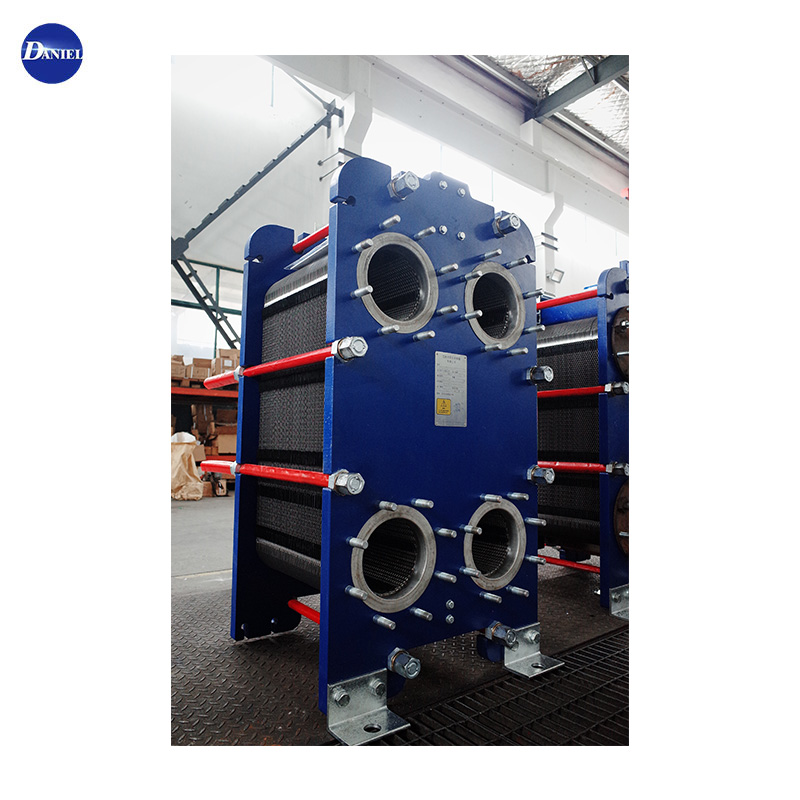Applicable Fluid Medium Range of Plate Heat Exchanger
2025-07-07
Plate heat exchangers (PHEs) are highly efficient devices widely used in various industries for transferring heat between two fluids without mixing them. Thanks to their compact design, large surface area, and flexibility in handling a wide variety of fluids, PHEs are especially valuable in systems requiring efficient thermal exchange. One of their key advantages is their wide applicability across different types of fluid mediums, ranging from clean water to more corrosive and viscous substances.
1. Water and Aqueous Solutions
Water is the most common medium in plate heat exchangers, especially in HVAC (Heating, Ventilation, and Air Conditioning), refrigeration, and industrial processes. Both clean water and various aqueous solutions such as glycol mixtures are used to transfer heat in these systems. These applications typically involve moderate temperatures and pressures, making PHEs ideal due to their excellent thermal performance and low maintenance.
2. Refrigerants
In the refrigeration and air-conditioning industry, PHEs handle a variety of refrigerants, including R134a, R404A, R410A, and newer low-GWP (Global Warming Potential) options like R1234yf and CO₂. The ability of PHEs to withstand high pressures and operate efficiently in phase-changing environments (liquid to gas and vice versa) makes them suitable for evaporators and condensers in cooling systems.
3. Oil-Based Fluids
PHEs are used with several types of oils, such as hydraulic oil, engine oil, and lubricating oil. These fluids generally have higher viscosities and may require specially designed plates to ensure effective heat transfer and minimize fouling. Applications include engine cooling systems, industrial lubrication circuits, and oil coolers in power plants.
4. Corrosive Fluids and Chemicals
Industries such as chemical processing and wastewater treatment involve corrosive fluids like acids, alkalis, and saltwater. In such cases, PHEs are made with corrosion-resistant materials like titanium, Hastelloy, or stainless steel to withstand harsh environments. Common applications include acid heating, cooling of brine solutions, and heat recovery in chemical processes.

5. Food and Beverage Fluids
PHEs are widely used in the food and beverage industry for pasteurization, sterilization, and temperature control. They handle fluids such as milk, juice, beer, and sugar syrups. These applications demand hygienic design standards, so PHEs used here are typically made of food-grade stainless steel and are easy to clean and maintain.
6. Steam and Condensate
In industrial heating processes, steam is a common heating medium. PHEs can handle low and medium-pressure steam for indirect heating applications. Condensate recovery systems also use PHEs to reclaim heat, improving energy efficiency in plants.
Conclusion
The plate heat exchanger’s versatility lies in its ability to handle a wide range of fluid mediums, from clean water and refrigerants to oils, chemicals, and food-grade substances. By choosing the appropriate plate material, gasket type, and design configuration, PHEs can be tailored to meet the demands of diverse applications. This adaptability has cemented the plate heat exchanger as an essential component in modern thermal management systems across a broad spectrum of industries.
As a professional manufacturer and supplier, we provide high-quality products. If you are interested in our products or have any questions, please feel free to contact us.


